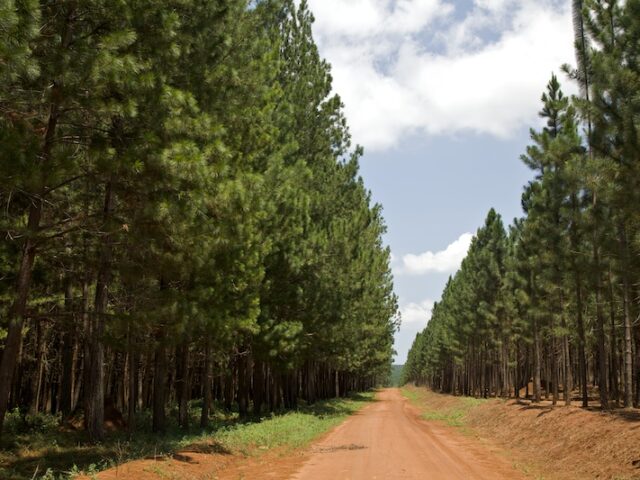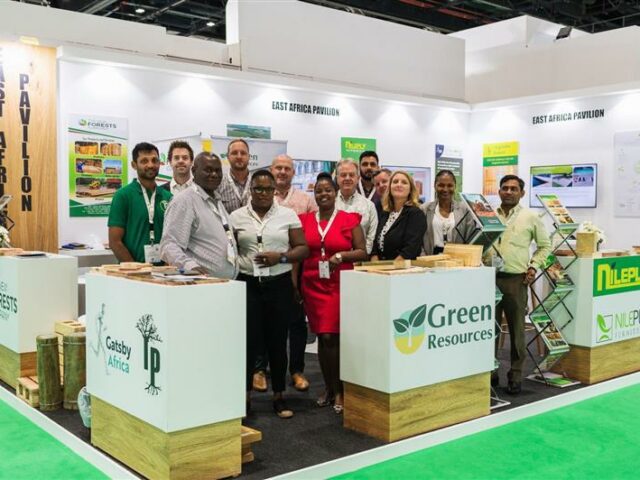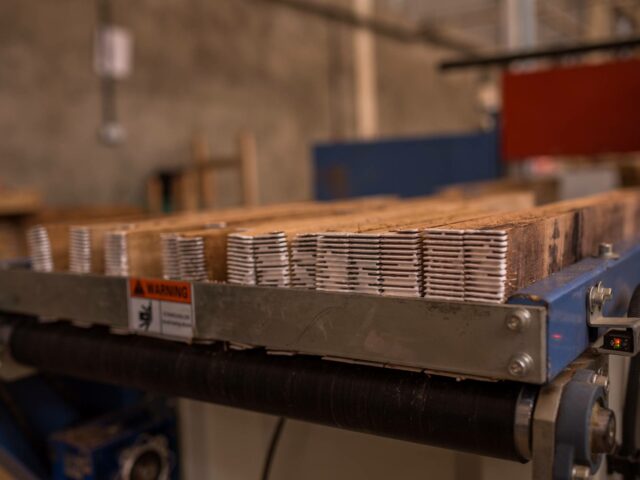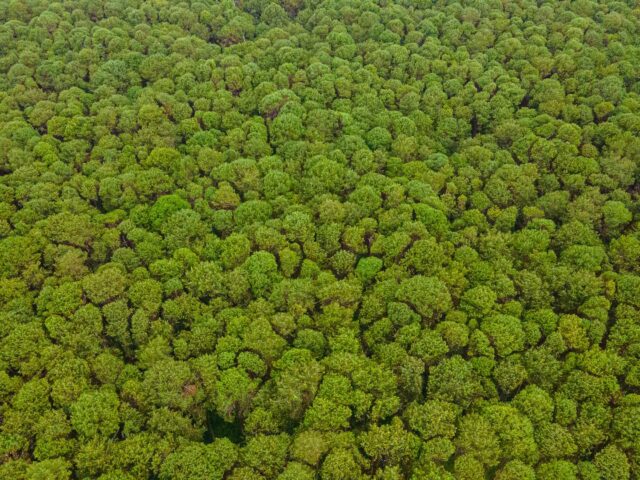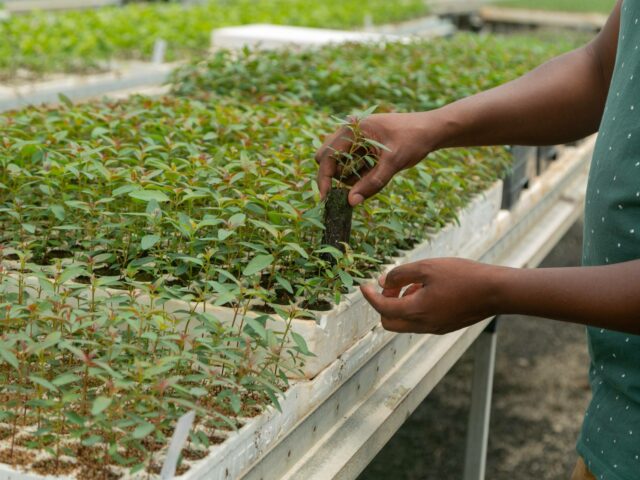Commercial Forestry
Introducing innovative technologies, business models and public-private partnerships to transform the regional commercial forestry sector, protect the environment, and benefit millions of citizens.
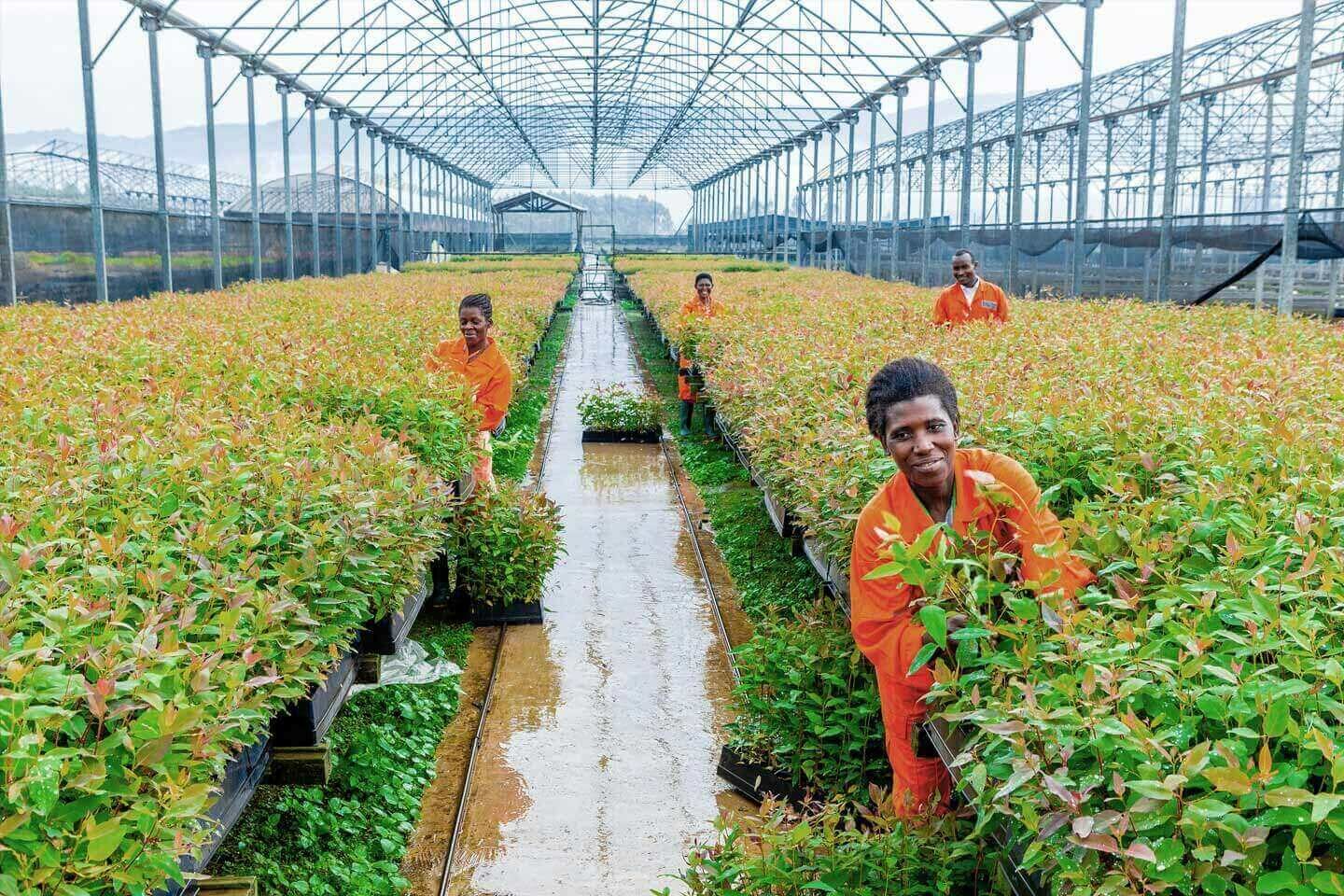
Commercial forestry provides a critical input into construction, electrification, packaging and furniture sectors, as well as providing potential for exports.

Commercial Forestry’s contribution to Tanzania’s GDP

Value of Kenya’s imports of sawn timber and plywood in 2020

East Africa’s growing urban centres offer significant markets and labour for timber products
The Opportunity
Commercial Forestry in East Africa has enormous potential for growth and value addition. Parts of the region have large swathes of land with a highly suitable climate.
Currently, commercial forestry is falling well short of its potential.
Despite the growth in tree planting over the last ten years – and except for plantations in Uganda – the overall quality of tree growing and efficiency in processing remains low.
This is due to a lack of investment, insufficient access to quality inputs and services, and knowledge gaps and uncertainties related to market access.
The demand for wood and wood products continues to grow rapidly across the region and countries are struggling to keep up.
If the right processing technologies are adopted and smallholder production is effectively aggregated in the right models, then tree growing will make commercial sense for all stakeholders in the value chain in East Africa.
The governments are starting to recognise the role forestry could play in driving rural industrialisation and green manufacturing. For the first time in decades, the governments in Kenya and Tanzania are starting to explore public-private partnership (PPP) models for the sustainable management of plantation forestry.
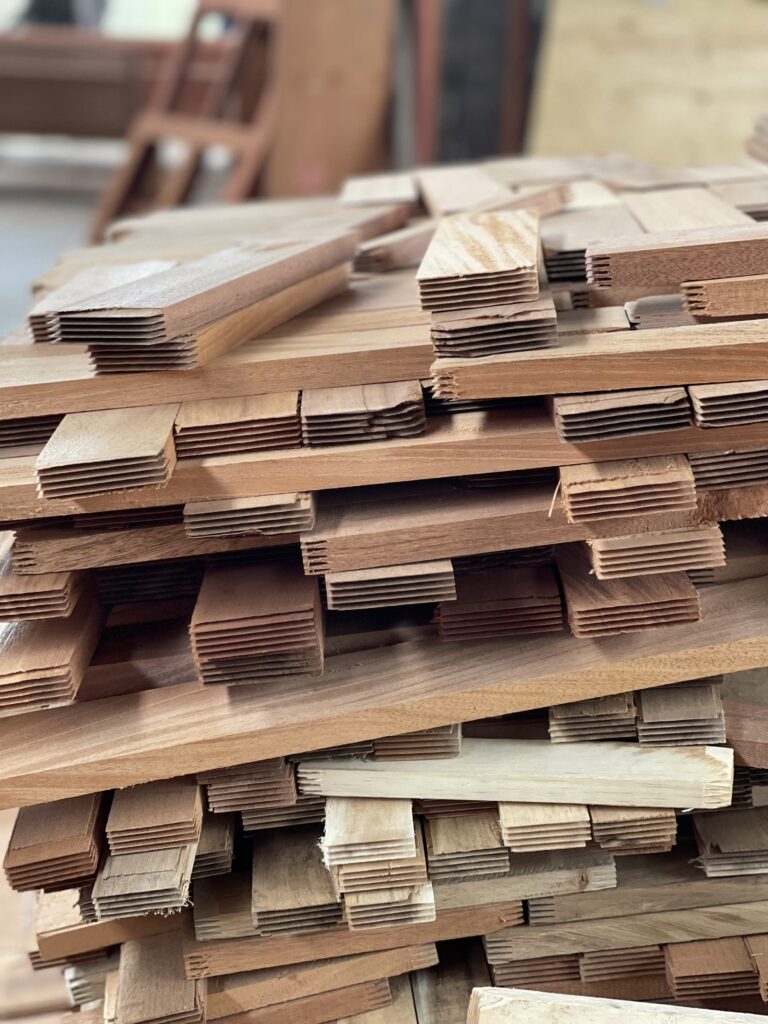
Our areas of work
Exploring mutually beneficial regional trading opportunities between Kenya, Tanzania, and Uganda
Building on many years of tree improvement work in Tanzania, Uganda, and Kenya, by improving access to quality genetics (e.g. improved seed) suited to sites and markets
Catalysing investment in processing technologies which will enable a transition into higher-value wood products and benefit growers through backward linkages
Supporting the governments in Kenya and Tanzania as they seek to explore public-private partnership models for the sustainable management of plantation forestry
“With the money I get from selling my trees, I hope to send my children to secondary school and then university.”
